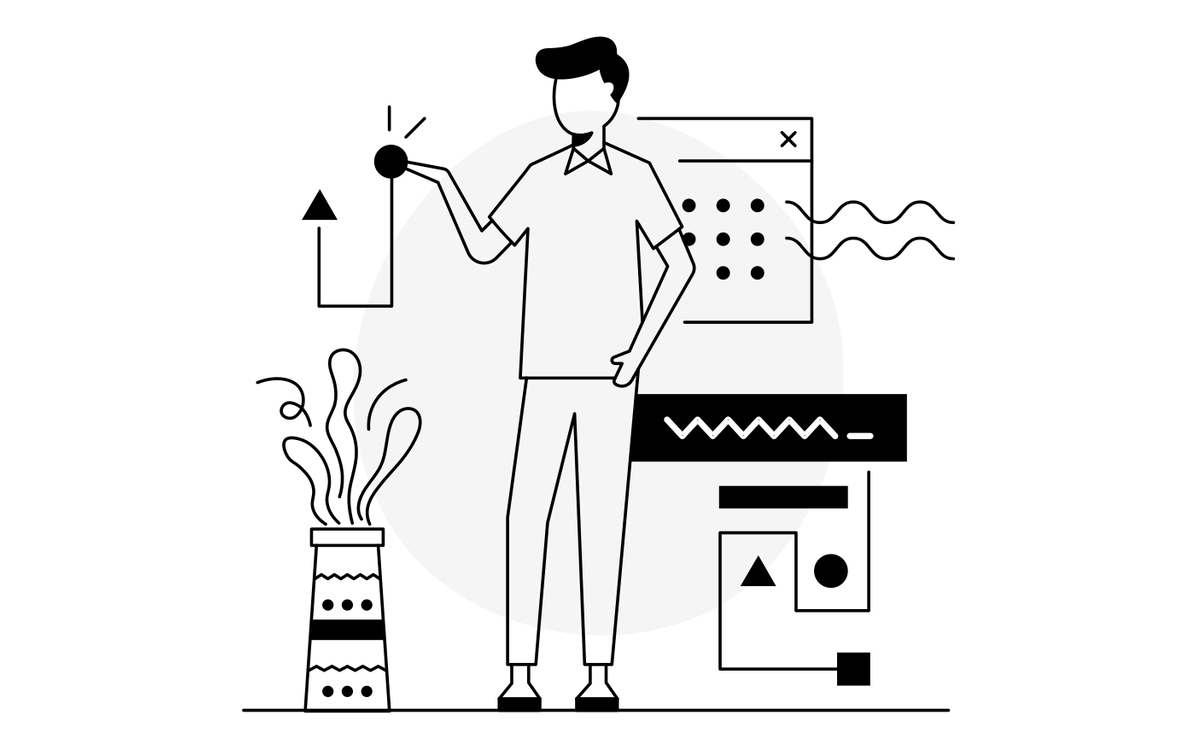The Business Model Canvas (BMC) is a business model planning tool with a rich history, and through our list of business model canvas advantages, hopefully, it can help take your business to the next level. We define a business model canvas as:
“A business model canvas is an organizational tool that helps visualize the development of a potential business model. It describes the components required to successfully take a business to market. The end goal of using a business model canvas is to gain a better understanding of a target customer base, how to drive a profit, and how to deliver a unique value proposition.”
A business model canvas is essentially a template comprised of nine building blocks:
- Customer value proposition
- Customer segments
- Channels (to reach customers)
- Customer relationships
- Revenue streams
- Key resources
- Key partners
- Key activities
- Cost structure
BMC’s were developed to provide a relatively simple, flexible, and instinctive tool that is applied to upgrade or alter the business strategy. A BMC provides a single-page overview of the entire business such as business offerings, finances, infrastructure, and competitive market. That being said, there are some serious advantages to creating one, which we’ll detail below.
Business Model Canvas Advantages
Focused on Key Strategic Elements
The business model canvas helps to focus on each of the key strategic elements or building blocks for developing a business model and enables a deeper understanding of how different aspects are interlinked.
With the help of a business model canvas, one can look at the business in a more systematic and organized way so that each area is covered effectively to give a more comprehensive picture of the business. By doing this, the business model canvas helps to focus on how the most crucial elements of the business affect each other and link together.
The visual nature of the BMC helps increase comprehension by providing a complete picture of the business, making it easier to spot potential strengths and weaknesses. By organizing everything visually, the BMC demonstrates that the whole business model is greater than the sum of its parts.
Is a Quick and Agile Construct
One main principle of a business model canvas is to focus on quality rather than quantity. Unlike a traditional business model, the end goal isn’t to create a pile of documents detailing every single feature. Rather, the BMC determines the key inputs to each building block.
The Business model canvas’s construct is not only simple and concentrated but also very quick to get started with developing and iterating the business strategies. A BMC should be tested and re-constructed over time as the vision of the business changes. Through this evolution, It fosters the agile mentality of planning, verification, and repetition.
A business model canvas is a set of hypotheses that should be tested and validated with real customers as any business plan is sure to change as the business grows and reaches more customers. In this respect, the business model canvas is advanced and fluid.
Creates a Common Reference Point
One of the biggest advantages of building a business model canvas is it creates a common language or a reference that can be used to share and articulate the vision behind a business. Additionally, this reference can be helpful for gaining feedback on the business model as a whole and the individual parts that create it.
The intuitive nature of the BMC is very easy to interpret and consume. It provides a transparent reference to use internally across the entire team as well externally with the third parties such as investors and partners. This makes the business model canvas very good at communicating goals and serving as a reference point for multiple different parties.
The business model canvas is a quick starting point for learning, building, and developing a business model. That being said, there are some considerations regarding the business’ success that are implied but not explicitly covered by the business model canvas. For example; the intensity and nature of the competition, roles, performance, competencies, and capacities, and also explaining measurable goals. This shows that while BMC’s are useful for communicating information, they are not a full substitute for a traditional business model.
Focused on the Value Proposition
The value proposition is at the heart of the business model canvas and is the central pillar around which all the other strategic elements revolve. It is safe to say that it is the defining element of a BMC.
The value proposition is the reason for a business’s existence. It decides the core activities and behaviors of the business and provides the direction for all aspects. An impactful value proposition is crucial for the overall success of the business model and it is central in a business model canvas.
The centrality of the value proposition is critical because it guides the rest of the business model and how people should approach each section. When this value prop is so visible, it makes it easier to reference and will make the entire business model canvas more accurate.
Learn more: What is a Business Model Canvas?
Conclusion
The Business Model Canvas (BMC) is a current method for the fast and well-organized documentation of business models. It is associated with numerous advantages such as; easy readability, clear presentation (everything at a glance), promotes teamwork and collaboration, flexibility and creativity, great start for the preparation of a business plan, strong value proposition, and many more. Hopefully, this article has helped illuminate some of the biggest advantages to using a business model canvas, and if you want to use our BMC template for yourself, just try IdeaScale Whiteboard.
Most Recent Posts
Explore the latest innovation insights and trends with our recent blog posts.













